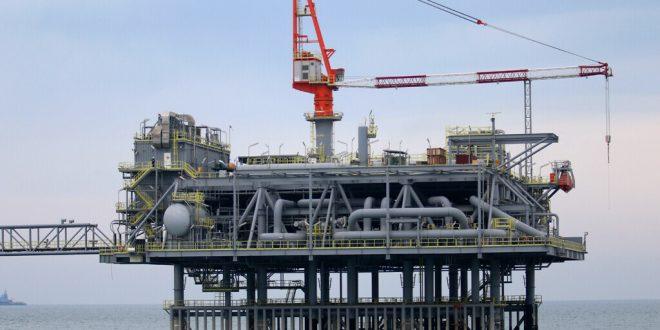Qatar, the second-largest LNG exporter in 2021, exported 77mn tonnes, compared to 77.1mn tonnes in 2020, International Gas Union (IGU) said in its World LNG report – 2022.
Qatar accounted for 21% exports market share last year, IGU noted. Australia remained the largest exporter in 2021, exporting 78.5mn tonnes, an increase of 0.7mn tonnes from 2020.
Australia’s increase can be attributed to the restart of Prelude FLNG, which was shut down from February 2020 to January 2021 after an electrical problem.
Another notable export market is the US, which exported 67mn tonnes in 2021. This marks a 50% increase (+22.3mn tonnes) in exports from 2020 (44.8mn tonnes).
This growth was driven by increased utilisation at five large liquefaction trains that started commercial operations in 2020 (Cameron LNG T2–T3, Corpus Christi T3, Freeport LNG T2–T3).
Egypt saw a five-fold increase in its exports from 1.3mn tonnes
in 2020 to 6.6mn tonnes in 2021, owing to the restart of the Damietta LNG plant in early 2021.
Russia remained at fourth place, exporting a total of 29.6mn tonnes in 2021, almost unchanged from 2020.
Malaysia benefited from the commissioning of the PFLNG Dua with an increase in export of 1.1mn tonnes compared to 2020.
In 2021, 6.9mn tonnes per year of liquefaction capacity came online, and no new markets started exporting.
Global LNG trade grew by 4.5% from 2020-2021, reaching an all-time high of 372.3mn tonnes.
A strong post-pandemic recovery resulted in a surge in LNG imports, even though the annual growth rate of 4.5% remains far from pre-Covid-19 levels of 13% in 2019.
In 2021, the US remained the third-largest exporter of LNG at 67mn tonnes and Russia retained its spot as the fourth-largest exporter with 29.6mn tonnes of exports in 2021.
The largest exporting region continued to be Asia Pacific with a total of 131.2mn tonnes of exports in 2021, in line with what was exported in 2020, IGU said.
Some markets exported less volume in 2021 than in 2020 as a result of technical issues, declining feed gas production, and a lack of commercial progress on backfill projects.
The most significant drops in export levels were seen in Nigeria (-4.1mn tonnes), Trinidad & Tobago (-3.9mn tonnes), Norway (-2.9mn tonnes) and Peru (-1.2mn tonnes).
In 2021, Asia Pacific also continued to be the largest net importing region in 2021 at 155.7mn tonnes, marking an 8.6mn tonnes increase compared to 2020.
Asia was the second largest net importing region at 116.8mn tonnes in 2021, an increase of 9.5mn tonnes compared to 2020.
This growth was driven by the increase in net imports into China (+10.4mn tonnes) and Bangladesh (+0.9mn tonnes).
The only new importing market in 2021 was Croatia, which imported 1.2mn tonnes of LNG in 2021.

 Iran Energy News Oil, Gas, Petrochemical and Energy Field Specialized Channel
Iran Energy News Oil, Gas, Petrochemical and Energy Field Specialized Channel



